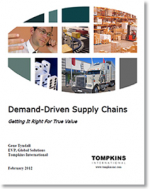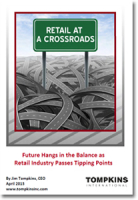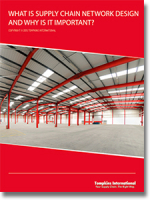Drivers and Enablers for Moving Ahead of the Competition
There is a need for a new model that calls for a strong online sales focus with omnichannel strategies to keep pace with changing customer expectations.
Introduction
The process of final delivery has been disrupted by the creation of omnichannel operations, through competition, endless aisle, and same-day/next-day delivery.
This process begins when an order is placed, by a consumer to a retailer, or to a consumer products company doing retail, or to an endless aisle supplier, or to a distributor. This order process can vary: telephone, text, online, tablet, smartphone, or email with a request for the item to be delivered directly, within a timeframe as defined by the consumer.
Final delivery services are not new to consumers, and the direct-to-consumer B2C and B2B delivery model is already established for other industries. Examples of consumer-accepted final delivery can be found in services like in pizza delivery, floral delivery, and delivery of automotive parts to a mechanic.
Companies have found a way to successfully deliver inexpensive items directly to a consumer at reasonable rates. Retailers like Gap, Inc. have fulfilled orders from their e-commerce websites for direct-to-consumer delivery for years.
However, some retailers built on home delivery have yet to become mainstream. Consider online grocery shopping companies such as Peapod. While successful, they have not really become as prevalent as service models like pizza delivery. The Peapod example can tell us a great deal about consumer expectations.
Why has a service like Peapod not yet reached a high level of market saturation? A few possibilities:
- Too expensive for consumers to afford, with its $7-10 delivery fee.
- Lengthy delivery times, as the fastest delivery window is next-day.
- Lack of flexibility, due to the requirement of a minimum $60 order.
- Availability of competitors, such as the number of other grocers per square mile.
- A lack of market penetration meant too few orders within a delivery zone, which drives up costs that are then passed on to the consumer.
How can retailers, consumer product companies, endless aisle suppliers, and distributors achieve a different result, and instead establish successful final delivery in direct-to-consumer sales?
What’s Related




Favorites





